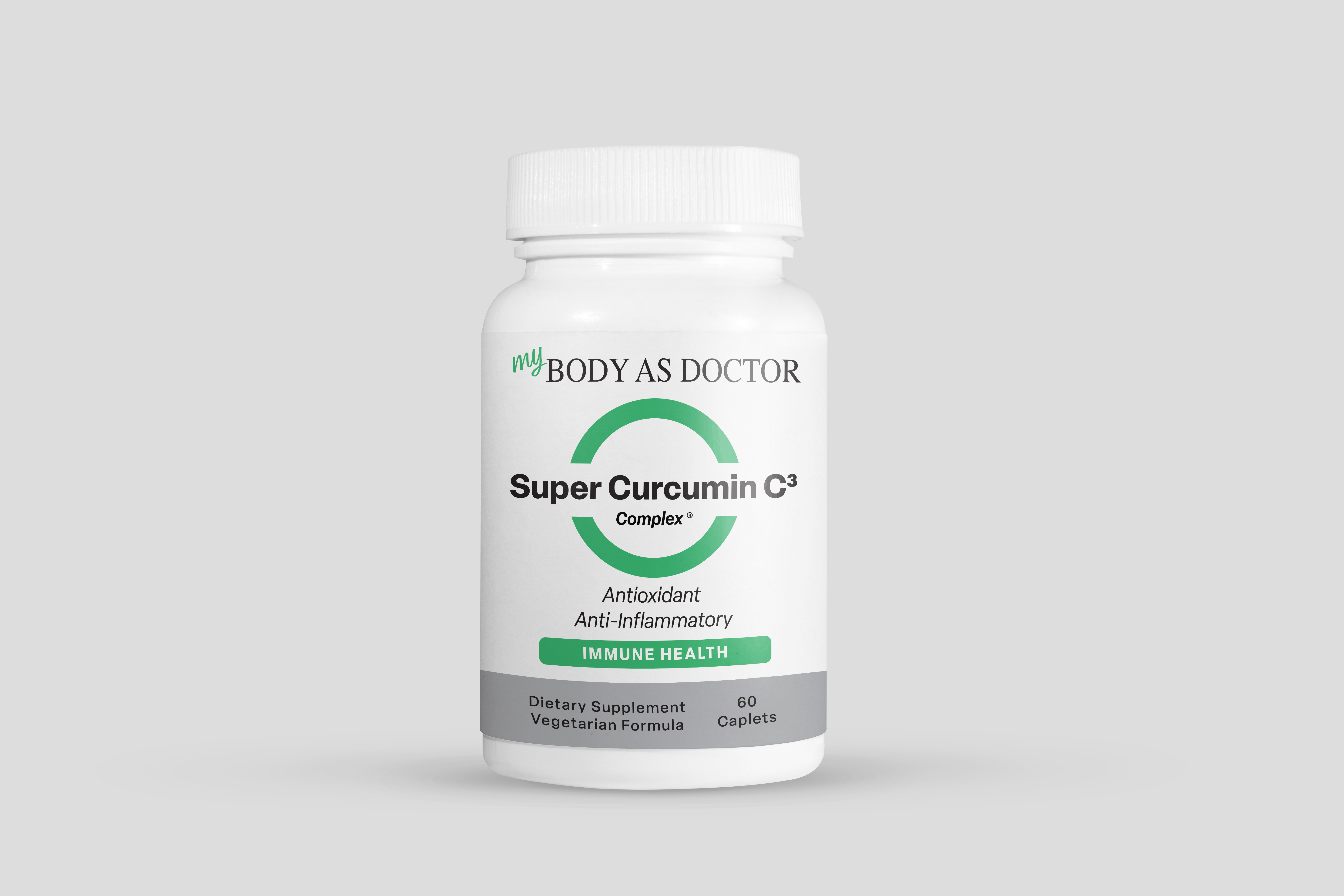Last month, we kicked off a series on the debilitating diseases that are destroying our way of life for aging adults in America.
Recently, we started a series on Alzheimer’s, a tragic disease named after Dr Alois Alzheimer, a German doctor who first described it in Auguste D., a 51-year-old patient he saw in 1901. Her memory, speech, and comprehension were failing, and she suffered from hallucinations and paranoid delusions that her husband was unfaithful. Unable to finish writing her name, she told Alzheimer, “I have lost myself.”
When Alzheimer dissected Auguste’s brain, he found it markedly
shrunken, a wasteland of dead and dying nerve cells littered with
strange deposits.
There were two types of deposits:
- Plaques - occur between nerve cells and are now known to consist of clumps of “Beta Amyloid,” an abnormal protein.
- Tangles form inside nerve cells and are made of a protein called “Tau,” normally part of a tubule system that carries nutrients to feed the cell. Once
Tau is damaged, the nerve cells essentially starve to death.
She died in 1906, completely numb, curled up in a fetal position, and, despite all the care and attention, suffering from bedsores. Although the disease slowly shuts down vital brain functions, infections usually are the cause of death: pneumonia, bladder infections, or sepsis from bedsores.
A century later, patients still die in much the same way.
Until the 1970s, Alzheimer’s disease was considered a rare brain disorder that mysteriously struck younger people like Auguste D. It was thought to be different from senility, which was assumed to be a consequence of aging.
When researchers compared the brains of younger people who had died of Alzheimer’s with older adults who had been senile, they discovered a similar pathology with plaques and tangles. Senility, they decided, was not a natural part of aging; it was a disease.
The Amyloid Hypothesis
The leading theory of Alzheimer’s says that Beta Amyloid, or A-beta, is the main culprit, building gradually in the brain over decades and short-circuiting synapses. At these junctions, nerve cells transmit signals to one other.
The theory goes that the cells quit working and die gradually. Everyone produces A-beta, but its purpose is not known.
People who develop Alzheimer’s either make too much A-beta or cannot get rid of it. Although scientists once blamed plaques for all the trouble, recent research suggests that the toxins are smaller bundles of A-beta molecules that form long before plaques do.
Dr. Dennis J. Selkoe, a professor of neurological diseases at Harvard, said that just as lowering cholesterol can prevent heart disease, lowering Amyloid Plaque or A-beta may prevent Alzheimer’s or slow it, particularly in the early stages – provided that drugs or something natural can be found to do the job.
Eating Curry Can Lower Alzheimer's by 400%
Yes, 400%!
One of our great passions is to get people to eat whole foods from plants that give life and support the body in being robustly healthy. As a result, we are constantly looking for healing foods, immune-boosting foods, and anti-cancer foods in particular.
We came across an incredible story of the power of certain curries that people in India consume daily. Interestingly, they were found to have overall cancer rates one-sixth that of America.
In India, research shows that if you eat curry daily, diseases would never happen to you, particularly Alzheimer’s and Cancer.

Is all this possibly true? Yes, yes, yes!
We now know that the build-up of plaque from Beta-Amyoid deposits is the foundation of Alzheimer’s. Documented research proves that these curcuminoid compounds help the body’s immune system clear away these deposits and bring the brain back to operating clarity.
The Singapore National Mental Health Survey of the Elderly, led by Dr Tze-Pin from the University of Singapore, recruited 1,010 elderly Asian subjects 69 years and older and compared scores for various intakes of curry infused with curcuminoids.
The researchers reported on three different categories of consumption, often, occasionally, and never, or rarely, and compared them.
Dr Tze reported that 43% consumed curry at least once a month daily, while 10% never or rarely consumed the dish. When the researchers looked at curry consumption with measures of cognitive impairment, it was reported that those who consumed curry often or very often were associated with a 49% reduced risk of cognitive impairment compared to those who never or rarely consume it. Eating the Curcuminoid curry occasionally was associated with a 38% reduced risk.
Dr Tze went on to say:
“Interestingly, it has also been purported that the prevalence of Alzheimer’s disease in India among elderly people between 70 and 79 years of age is four-fold less than that of the United States.
“The results reported in our study are therefore quite significant, as they point to a significant beneficial effect on cognitive functioning with even low to moderate levels of curcuminoid-curry consumption.”
Curcumin has increasingly come under the scientific microscope in recent years, with studies investigating its abilities to reduce cholesterol levels and fight arthritis, diabetes, heart disease, cancer, and clogged arteries. And now Alzheimer’s.
But what if you can’t stand curries every single day? Or can’t make them or don’t want to?
Mother Nature to the Rescue
We like to think of our website as God’s Drugstore, containing natural compounds and nutrients from all over the world to help you fight disease without artificial drugs or vaccines.
It is called, logically enough Super Curcumin C3 Complex.

If you’ve read this far, we are sure you know deep down within you that this is one formula you and your family should be taking, regardless of their age.
More Tips and Suggestions:
- Eliminate all NutraSweet/Aspartame soda drinks. Aspartame is a “sweet poison” that kills the brain. The same goes for milk, cheese, ice cream, and butter.
- Eliminate or at least reduce your intake of red meat, pork, and chicken. These are hazardous saturated fats that contaminate the brain and the heart.
- Eliminate using Aluminum, such as in commercial deodorants, buffered aspirin, or TUMS. Aluminum has been shown to rot the brain.
- Walk briskly daily to get the oxygen you need into your brain. This was Einstein’s favorite exercise. Enough said.